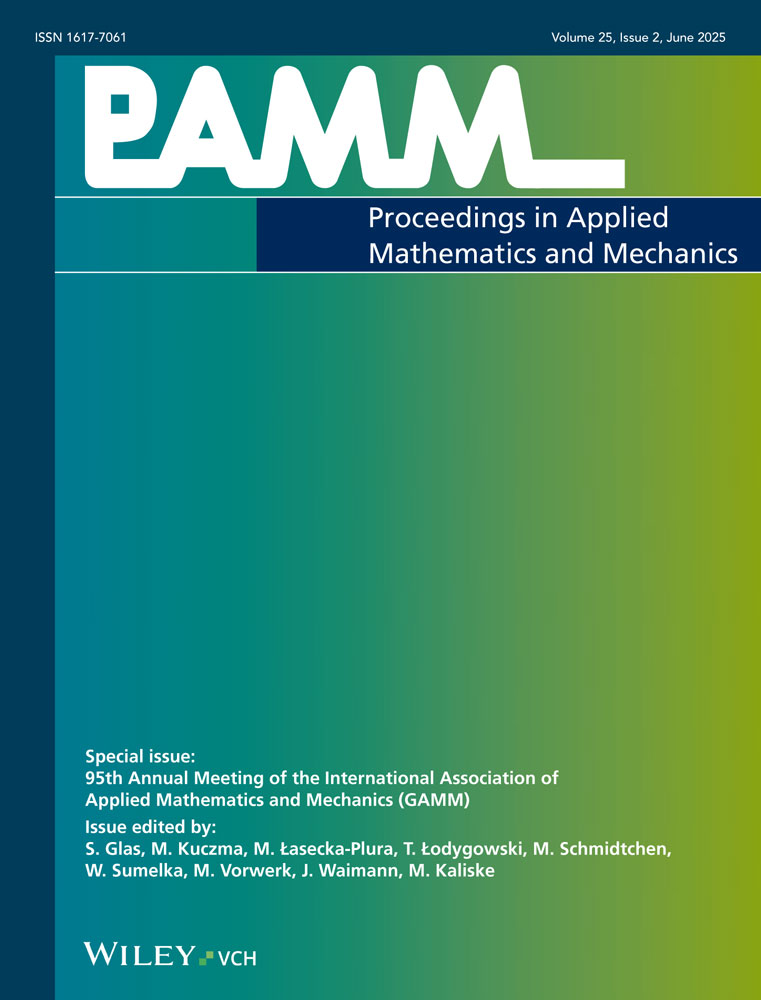Study of Mode Conversion at Defects in Rope Structures using Ultrasonic Waves
Abstract
Ultrasonic waves travel in rope structures over long distances as guided waves, allowing for effective health monitoring. In order to localize and characterize defects, an exact knowledge of the propagation, reflection, and transmission properties of the ultrasonic waves is required. These properties can be obtained using the Finite Element Method by modeling a segment of the periodic waveguide with a periodicity condition. The solution of the corresponding eigenvalue problem leads to all propagating modes of the waveguide as well as locally generated evanescent modes. The Boundary Element Method (BEM) is used in combination with the Finite Element Method for characterizing the wave propagation. The mode conversion at discontinuities, such as cracks or notches, can be subsequently described by reflection and transmission coefficients. The simulation results are the corresponding coefficients as a function of frequency and enable the selection of adequate modes for an effective defect detection. Additionally, it is demonstrated that along with the localization of cracks, conclusions about the crack geometry can be made with the help of reflection and transmission coefficients. The reliability and numerical accuracy of the simulation results are verfied by comparison with experimental findings. (© 2012 Wiley-VCH Verlag GmbH & Co. KGaA, Weinheim)




